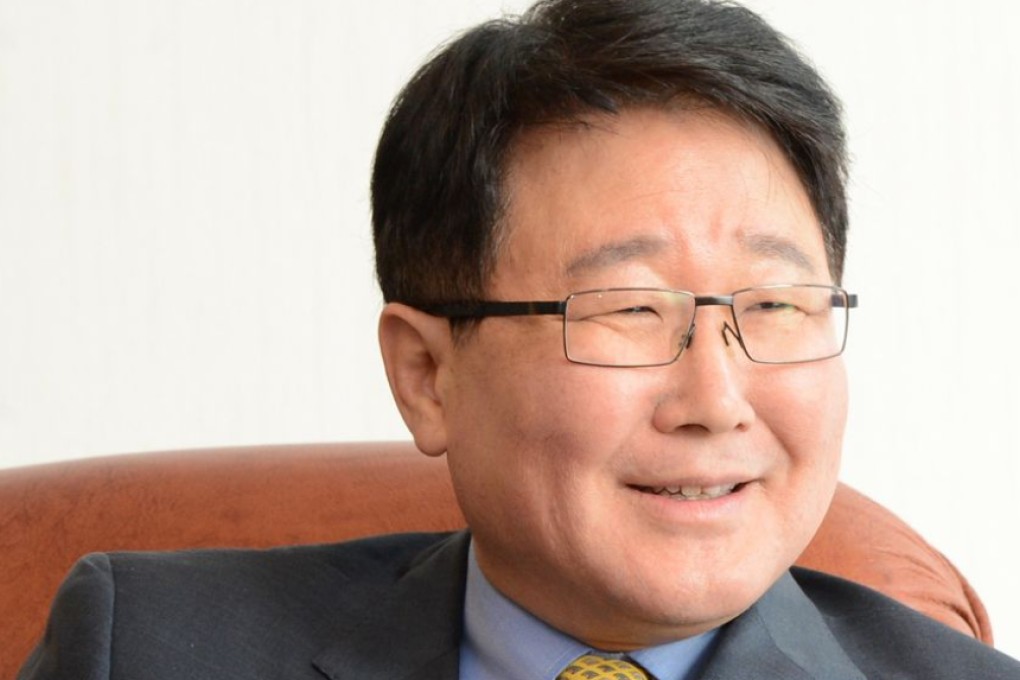KHNP lays cornerstones for international energy leadership
With rapid population growth and continuing economic development, energy consumption worldwide is projected to dramatically increase. In addition to meeting soaring energy demand, power generation companies also need to address mounting pressures to bring down energy-related greenhouse gas emissions that cause roughly half of global warming pollution. Rising to the challenge is Korea Hydro & Nuclear Power (KHNP), an emerging energy powerhouse based in Seoul.

With rapid population growth and continuing economic development, energy consumption worldwide is projected to dramatically increase. In addition to meeting soaring energy demand, power generation companies also need to address mounting pressures to bring down energy-related greenhouse gas emissions that cause roughly half of global warming pollution. Rising to the challenge is Korea Hydro & Nuclear Power (KHNP), an emerging energy powerhouse based in Seoul.
Leveraging the strengths of parent firm Korea Electric Power Corporation, KHNP provides a stable and sustainable supply of electricity while proactively responding to environmental concerns. The company has built a less carbon-intensive generation portfolio anchored in nuclear power and supplemented by hydroelectric power and renewable energy.
"We are doing our utmost to bring the benefits of nuclear and renewable energy to more people around the world," says Seok Cho, KHNP president and CEO. "We strive to ensure that people can live comfortably without worries over energy shortages."
KHNP provides about 30 per cent of South Korea's electricity supply, making it the nation's largest power generation company. It has a total installed capacity of more than 26,000MW from operating 23 nuclear power units, 35 hydropower units, 16 pumped-storage power units and a number of renewable energy facilities. KHNP is in the process of building five nuclear power plants (NPPs) domestically and has six additional units in the planning or preparation stage. Through close partnerships with local governments, the company is actively developing new and renewable energy sources, including small hydropower, photovoltaic and wind power. With a strategic partner, KHNP is operating the world's largest fuel cell power plant with 58.8MW of capacity.
Since launching operations at its first NPP more than 30 years ago, KHNP has had no safety accidents - a testament to the remarkable achievement of its safety-first philosophy. "More than anything, safety is considered to be the absolute value that defines the existence of our company," Cho says. "Additionally, technology and respect are the capabilities and mindset that we have instilled in order to achieve our mission of enriching lives with eco-friendly energy."
KHNP ranks as one of the largest NPP operators in the world. Armed with an exceptional track record for NPP construction and operation, KHNP has been making continuous efforts to move beyond the domestic market to the global market.
In late 2009, South Korea secured its first commercial nuclear plant export contract from the United Arab Emirates, covering the delivery of four Advanced Power Reactor 1400 (APR 1400) units. Construction of the first APR 1400, which is acclaimed for its higher structural safety and improved economic feasibility, is slated to be completed by 2017. In addition to the UAE, KHNP is actively pursuing export of its NPPs to other nations such as Finland. In Asia, KHNP inked formal agreements last year with China National Nuclear Power, a state-owned NPP operator, and Kansai Electric Power of Japan for active technology, personnel and information exchange. KHNP has also been providing benchmarking training programmes to China's Qinshan NPP for the past 16 years.
To further reinforce its technological competitiveness, KHNP has unveiled the APR+, a 1,500MW-class large NPP developed solely using Korean technology. Last year, the standard design of the next-generation nuclear reactor was approved by South Korea's Nuclear Safety and Security Commission. The company hopes to diversify its export markets with the launching of the APR+.
"We are stepping out into the world, seeing that the global market will be our platform for growth," Cho says. "There are significant opportunities for our expertise in Asia's emerging economies, which need more and stable supply of energy to sustain their development."
http://www.khnp.co.kr